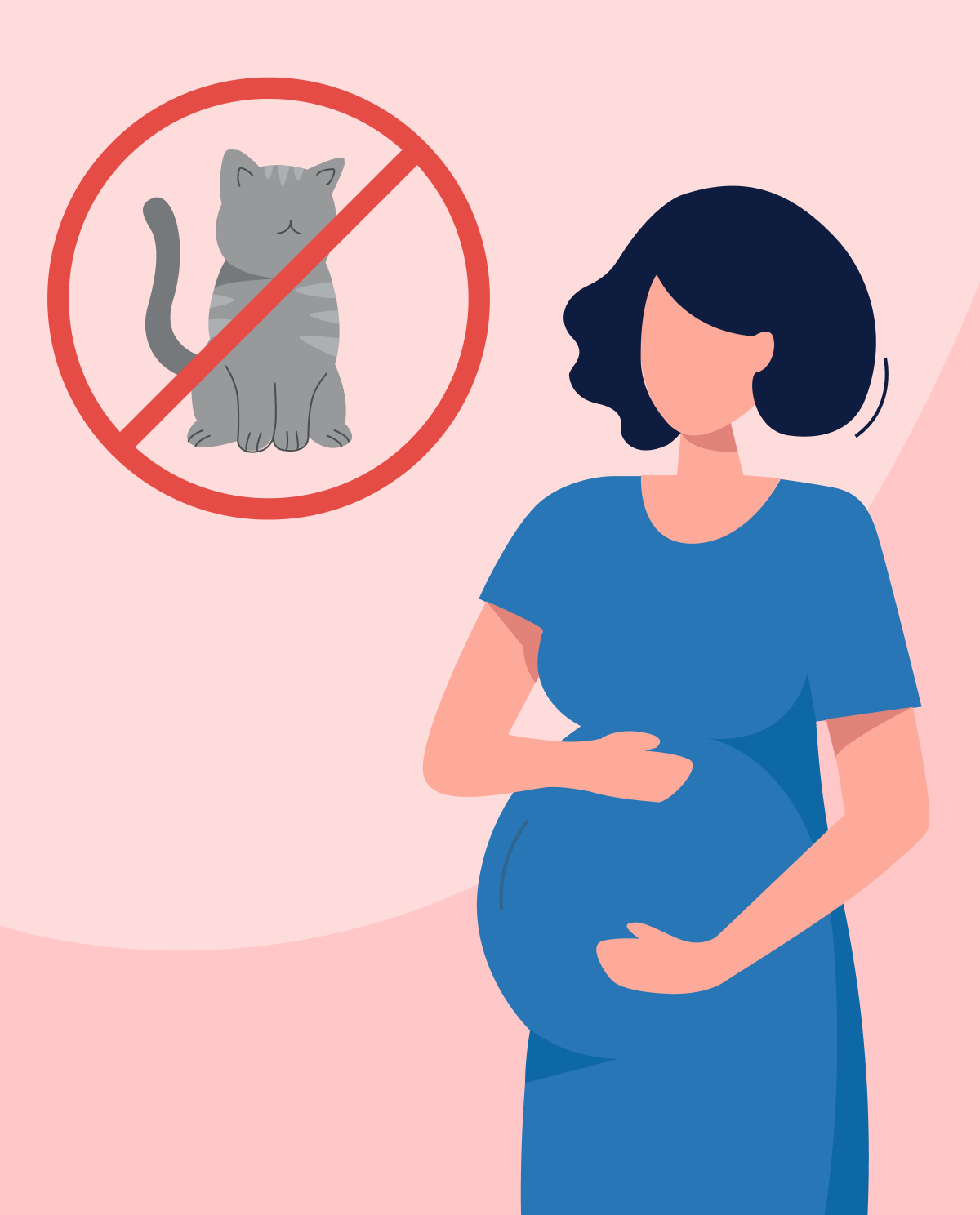COVID-19 (COrona VIrus Disease 2019) is a disease caused by infection with the SARS-CoV-2 virus, which was first detected in China, specifically in Wuhan, in December 2019. Of the six human coronaviruses, four - NL63, HKU1, 229E, OC43 - can cause a mild cold, two - SARS and MERS - can lead to acute respiratory failure.
How is it spread?
The virus is transmitted via droplets in the air, e.g. by sneezing or coughing. The virus can also be transmitted when a person touches an object or contaminated surface (e.g. if the saliva of an infected person has come into contact with something) and then touches their mouth, nose or eyes - contact with mucous membranes will likely result in infection. In addition to this, the basic number of reproductions - R0 - is the number of people infected by each patient. For coronavirus it is 2.5. It is therefore assumed that one sick person infects 2-3 more. Moreover, the incubation period of the disease, i.e. from the moment of infection with the virus to the onset of the first symptoms, is from 2 to 14 days. At this time, in the absence of any signs of disease, the risk of further spread of coronavirus is increased.
Is the virus dangerous?
Coronavirus infection usually causes mild symptoms, but in some people the course can be severe - leading to pneumonia with respiratory failure and, consequently, death. For COVID-19, the SARS-CoV-2 mortality rate for the whole world is 3.4%. Analysis of existing cases indicates the most severe course of the disease in the elderly, with previously diagnosed chronic diseases (primarily respiratory, cardiovascular, oncological diseases, neurological disorders and diabetes) or immunodeficiencies. This also applies to deaths. Men are more likely to get COVID-19. Children are sick very rarely (about 1-2% of all cases).
What are the symptoms of the disease?
Almost 80% of the cases of infected people do not show symptoms of the disease, which hinders diagnostic possibilities. It also limits the ability to control and prevent the disease. Among people with confirmed coronavirus infection 2019-nCoV, the most common symptoms were those of the respiratory system: fever, continuous dry cough and shortness of breath. In addition, some people reported other symptoms: muscle aches, headache, sore throat, productive (or "wet") cough and hemoptysis. The course of COVID-19 infections varies from asymptomatic or mild (similar to a common cold) to severe pneumonia with acute respiratory distress syndrome and/or multiple organ failure.
Can we protect ourselves against the disease?
Prevention of infection is to follow the basic principles of hygiene, travel, staying at home and quarantine.
Basic preventive measures include thorough cleaning for at least 20-30 seconds and frequent washing of hands with soap and water or using an alcohol-based disinfectant and maintaining a distance of two meters from other people. If you are sneezing or coughing, cover your mouth and nose with a bent arm (sneeze into the bend of the elbow) or a tissue, which should then be thrown away into a trash can immediately, wash your hands thoroughly after coughing or sneezing. Avoid touching your face with your hands, especially around the mouth, nose and eyes. When the symptoms of the disease appear you should go into self-isolation as it will prevent the spread of the virus. However, if you have severe or worrying symptoms (fever, cough and difficulty breathing), seek urgent medical attention.
Equally necessary are the preventive measures taken by the government, such as the cancellation of mass public events and the creation of well-equipped diagnostic units. It has also been suggested that the use of masks is only recommended for infected people, because it prevents the spread of the virus by droplets.
How is COVID-19 treated?
Currently there is no specific treatment, symptomatic treatment is used, which is usually aimed at controlling the symptoms and supporting the functioning of the body. There is no vaccine for coronavirus (WHO indicated that the first vaccine should be ready by early in the first quarter of 2021) or a targeted treatment for the disease. Supportive treatment of COVID-19 is used, among others.
Can pets transmit SARS-CoV-2 infection?
There is no evidence that pets (e.g. dogs or cats) pose a risk of human infection. However, it is advisable to follow hygiene rules, e.g. washing your hands with soap and water after contact with pets as a general precaution. Current research links COVID-19 to some types of bats as the primary source.
Can you become infected with coronavirus through ordered goods from China?
There is no evidence that the 2019-nCoV coronavirus could spread in this way. For now, everything seems to indicate that direct contact with a sick person is needed to transmit the infection - source.
- How will country-based mitigation measures influence the course of the COVID-19 epidemic?
- https://www.thelancet.com/journals/lancet/article/PIIS0140-6736(20)30567-5/fulltext
- Coronavirus disease 2019 (COVID-19) situation report—44.
- Update and Interim Guidance on Infection Prevention and Control for 2019 Novel Coronavirus (2019‐nCoV)
- New-type coronavirus causes pneumonia in Wuhan
- https://www.mp.pl/pacjent/choroby-zakazne/aktualnosci/225767,koronawirus-z-wuhan-podstawowe-zasady-ochrony
- Coronavirus: no evidence that food is a source or transmission route









